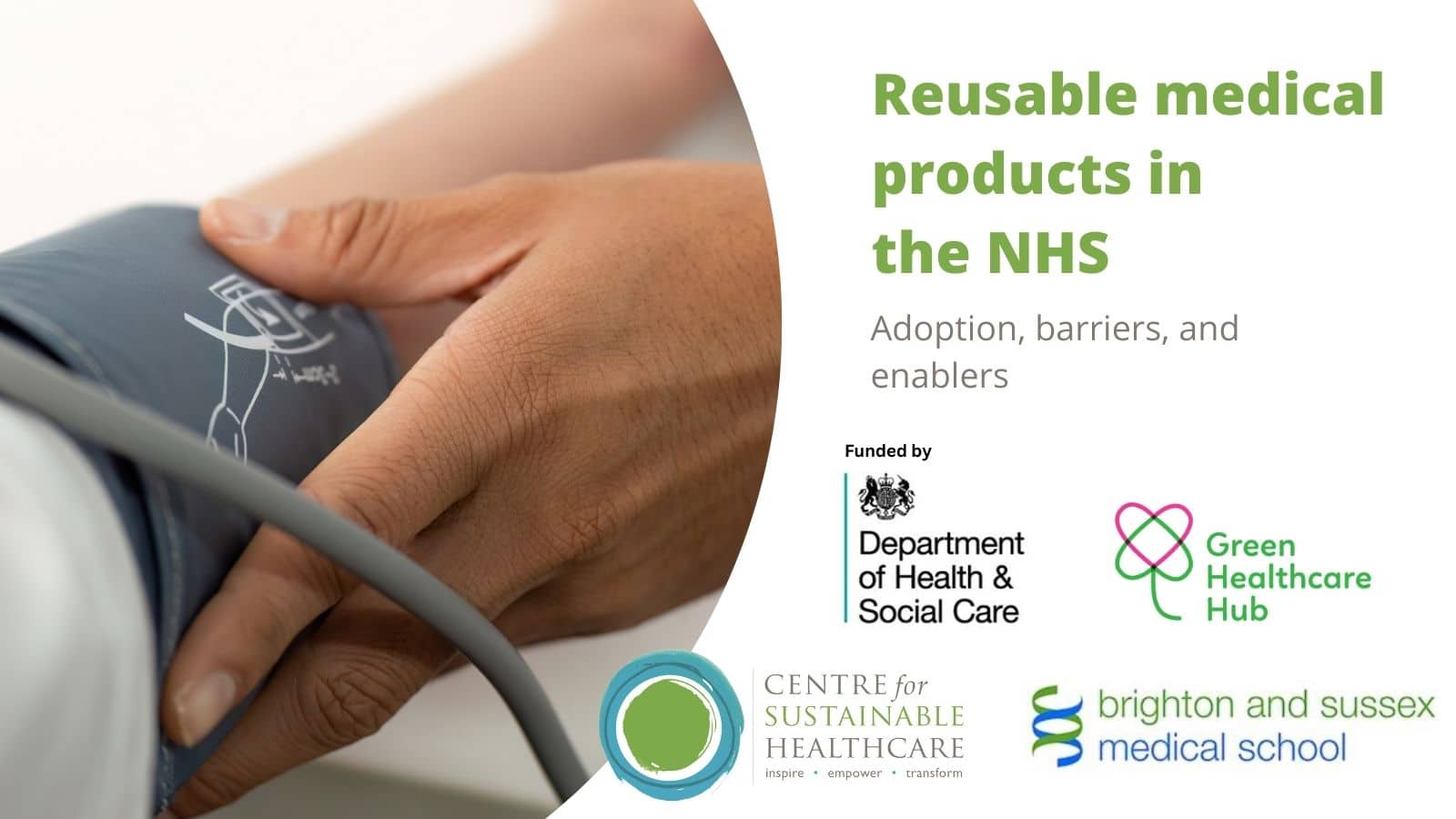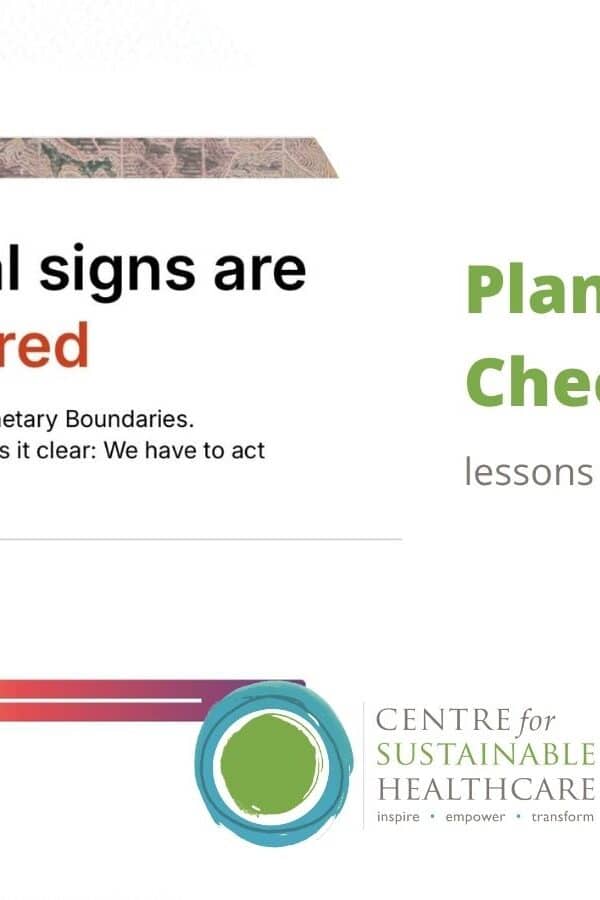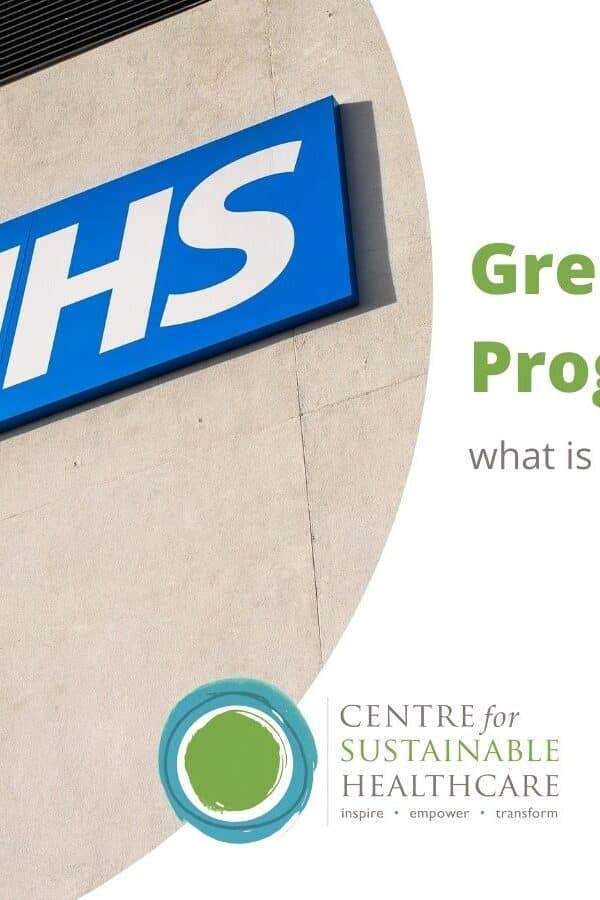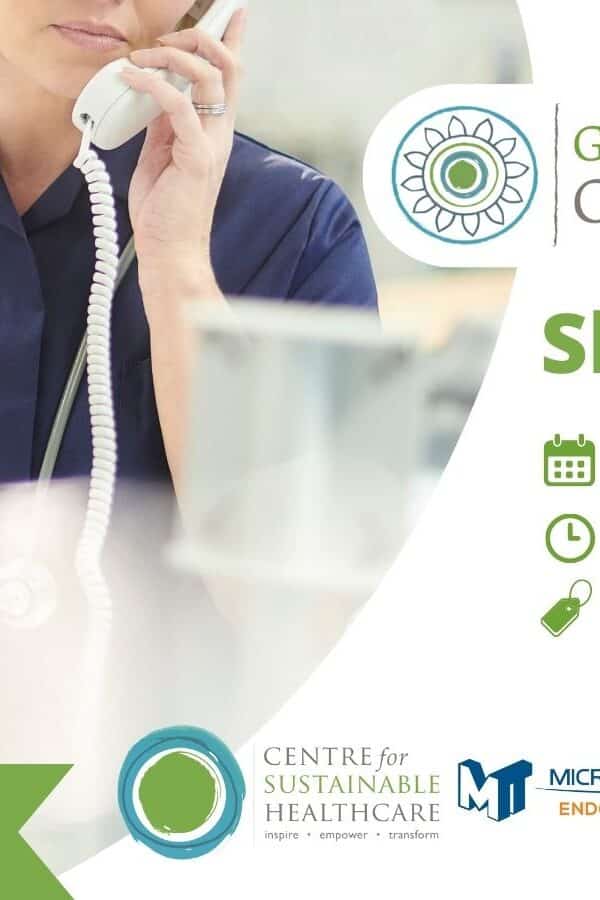The NHS produces 156,000 tonnes of clinical waste per year in England alone, a figure that is significantly heightened by single-use medical products. The Design for Life Roadmap is a plan to create a “circular economy for medical technology,” through which products are reused, remanufactured, or recycled, in turn realising financial and carbon savings.
CSH’s new report, commissioned by the Department of Health and Social Care’s Design for Life programme and delivered in partnership with Brighton and Sussex Medical School and their Green Healthcare Hub, evaluated the adoption of a range of reusable medical products across several NHS trusts, including blood pressure cuffs, bronchoscopes, and slide sheets.
A key aim of the project was to understand the underlying processes, barriers, and enablers of this type of change. Environmental, financial, and social outcomes (including staff satisfaction, patient experience, and safety) were evaluated using quantitative and qualitative methods.
Findings
The project identified a range of positive outcomes, including environmental and financial impacts. For example, switching to reusable slide sheets resulted in a saving of 4204 kgCO₂e and £10,276 annually for one trust. Another trust calculated projected annual savings of 168 kgCO₂e and £22,434 when switching to reusable bronchoscopes. Following the implementation of reusable products, staff satisfaction was largely maintained or improved, and patient experience and safety was not affected.
Individual case reports from all participating sites are available in CSH’s Resource Library.
Several barriers to adoption were also identified. These included:
- A lack of formal structure and governance, limiting continuity and scalability.
- Constraints of capacity, storage, and infrastructure.
- Fragmented procurement systems and lack of visibility of reusable options in NHS Supply Chain catalogues.
- High upfront costs.
The report highlights three key recommendations for policy makers and government:
- Strengthen system-level leadership, governance, and infrastructure.
- Provide a structured framework for planning and implementation.
- Address knowledge gaps and build the evidence base.
Read the full report to find out more about the project, outcomes, and recommendations.











